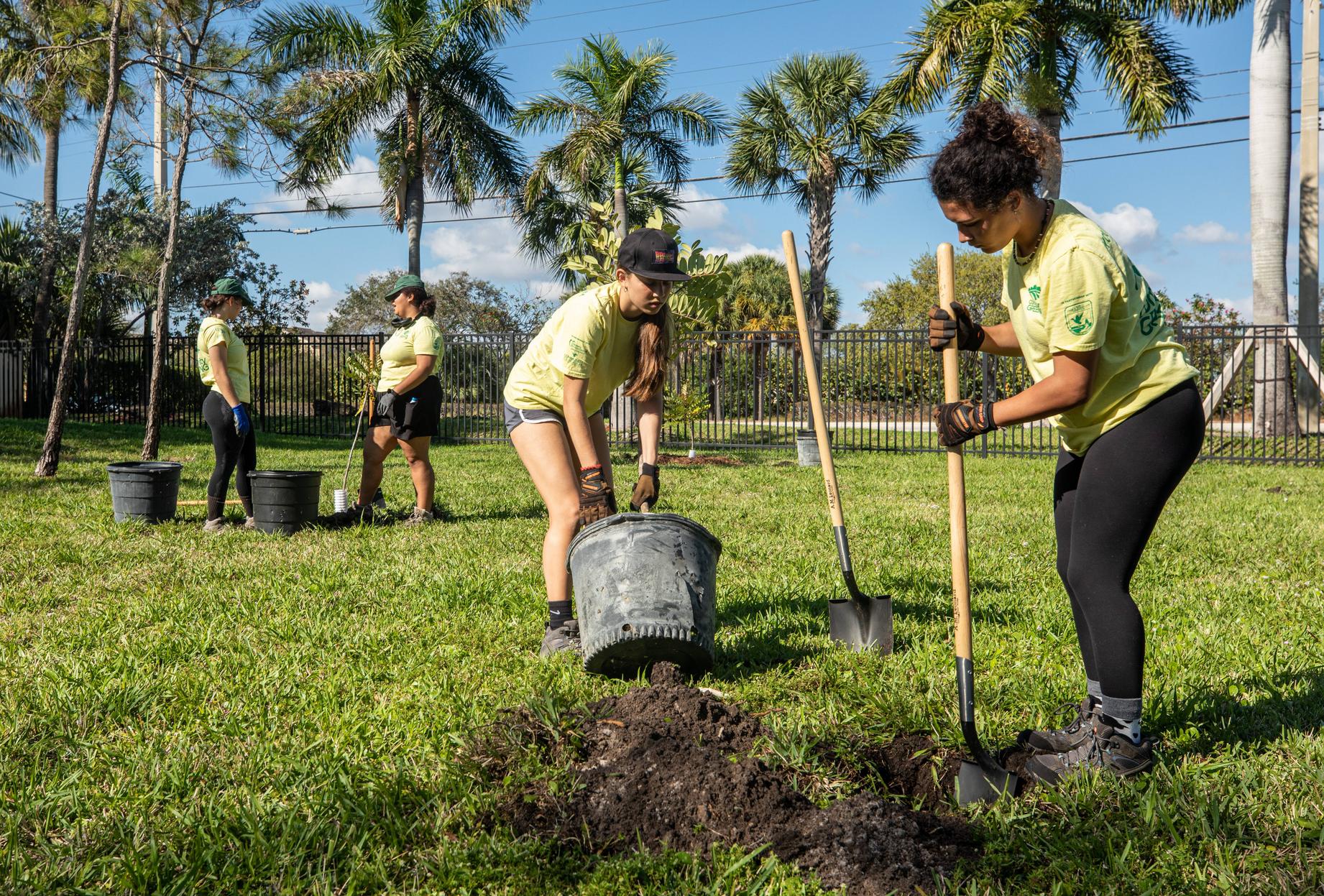Orlando metropolitan area was once an idyllic environment of lakes and pine forest wilderness; today it’s home to bustling communities and an ever-increasing urban footprint. The team at Orlando tree service mentioned that urbanization often has negative repercussions for tree canopies in the region; increasing damage during storms while decreasing shade provisioning or pollution absorption capacity.
Awning canopies add architectural elegance while increasing curb appeal to Florida homes, protecting against harmful UV rays while keeping outdoor spaces cooler while helping reduce energy costs.
Carolina Buckthorn
Florida’s tropical heat can be punishing on outdoor furnishings, with UV rays bleaching paint and scorching furniture. A residential canopy offers protection from this harsh sun–enabling homeowners to fully appreciate their backyards while adding curb appeal while being prepared for unexpected rain showers.
Carolina Buckthorn is an evergreen deciduous shrub that can form small trees. It produces inconspicuous spring flowers and a delicious red fall drupe beloved by wildlife, making this easy-care plant suitable as either a hedge or screen; additionally, planting it into naturalized areas helps attract wildlife while supporting healthy ecosystems.
Pyramid Aluminum recommends this flexible material as it fits seamlessly into different landscapes while standing up against damage from hurricanes or extreme weather. Furthermore, its cost-effective nature saves homeowners on future maintenance expenses or replacement expenses.
Southern Live Oak
Southern Live Oak (Quercus virginiana) trees have become a beloved symbol of Florida with their broad branches and deep shade, serving as the signature emblem for the Sunshine State. Their deep shade provides comfort during hot summer days while withstanding storm winds along its coasts.
Live oaks can tolerate wet soils with proper drainage, as long as their drainage system works, as well as being highly salt tolerant – an important feature in coastal regions where sea-salted air and strong wind gusts often come together. Hardy in USDA zones 8-11, they’re an excellent investment with rapid growth rates.
So it is no surprise that oaks are frequently planted as focal point plants in gardens, used to add dimension and line long driveways, as well as being popular choices in urban settings where their shade helps lower energy bills and helps manage energy usage costs more effectively. Visit Lake Eola Park and gaze upon their majestic oak trees soaring high above paved pathways!
Cabbage Palm
Florida’s official state tree, commonly referred to as Sabal palmetto, is the cabbage palm, with its cold hardiness and low maintenance requirements making it suitable for wide open spaces where they become focal points of admiration and wonderment.
Cabbage palms thrive under extreme environmental conditions, from fire and flood damage to wind gusts and coastal environments. Their robust foliage also resists insects and diseases well – making them the ideal choice for locations where other trees cannot.
Shade and privacy trees make the ideal additions to gardens, pools or large open spaces for creating an exotic ambiance. They can be grown either individually or planted as groups to achieve this tropical effect.
Florida landscapes feature vibrant palms that thrive. To keep them at their best, provide regular maintenance to prevent pest infestation and watering requirements – you can use Greg to customize watering recommendations specifically to your landscape, or download our mobile app to learn how to take better care of your plants!
Fruit Trees
Florida, known for its warm climate, offers the ideal conditions for growing tropical and subtropical fruit trees in your own yard – providing delicious treats while adding value and improving aesthetic appeal of your home!
Oranges and citrus fruits are a common sight throughout Florida, being easy to grow and providing essential health benefits such as Vitamin C.
Mangoes, papayas and avocados have also proven adapted to Florida’s subtropical environment; however, North Florida’s winter frost limits them only to those varieties which can withstand winter frost conditions.

Comments